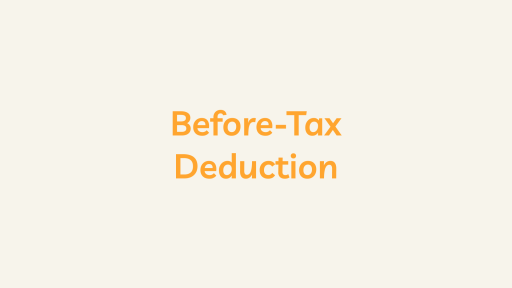Introduction
Form 8233 is a pivotal document within the intricate landscape of the United States tax system, specifically tailored for non-resident aliens (NRAs) engaged in providing independent personal services within the country. This article aims to provide an in-depth exploration of Form 8233, shedding light on its multifaceted purpose, intricacies, and the meticulous process of completing and submitting it.
Purpose of Form 8233
At its core, Form 8233 serves as a conduit for non-resident aliens to assert their entitlement to treaty benefits or statutory exemptions from withholding income tax garnered through independent personal services in the United States. Independent personal services encompass various professional activities, ranging from consultancy and artistic performances to various other specialized services.
Key Components of Form 8233
- Personal Information:
- The form initiates with a comprehensive section prompting the taxpayer to furnish fundamental personal details. This includes the taxpayer’s name, address, and taxpayer identification number, establishing a foundational framework for the subsequent sections.
- Taxpayer Status:
- A crucial step follows, where the taxpayer explicitly designates their tax status, affirming their classification as a non-resident alien. This classification sets the stage for the ensuing considerations related to withholding tax exemptions.
- Treaty-Based Position:
- If the taxpayer opts to claim treaty benefits, a detailed section necessitates the specification of the country of residence. Additionally, the taxpayer must articulate the pertinent treaty article supporting their exemption claim, requiring a nuanced understanding of international tax agreements.
- Income Subject to Withholding:
- A comprehensive breakdown of the income subject to withholding is mandated. The taxpayer must delineate the type of services rendered and provide a detailed account of the compensation received, fostering transparency in assessing withholding tax obligations.
- Taxpayer’s Certification:
- A critical juncture in the form involves the taxpayer certifying, under the penalties of perjury, the accuracy of the information provided. This section affirms that the taxpayer fulfills the requisite conditions for claiming the withholding tax exemption.
- Employer’s Certification:
- The employer or withholding agent plays a pivotal role in completing a designated section of the form. The employer’s certification attests to the receipt of necessary documentation and affirms the commitment to refrain from withholding taxes on the specified income.
Submitting Form 8233
Once meticulously completed, the taxpayer submits Form 8233 to the relevant payer or withholding agent. The payer thoroughly reviews the submitted form, ensuring that it aligns with the stipulated requirements. If deemed compliant, the payer refrains from withholding taxes on the specified income, allowing the taxpayer to enjoy the benefits of the claimed exemption.
Crucially, both the taxpayer and the payer retain a copy of the completed form for their respective records. This vital documentation tool offers a tangible record of the asserted exemption and safeguards against potential discrepancies.
Conclusion
In conclusion, Form 8233 is pivotal in navigating the intricate terrain of tax regulations for non-resident aliens engaged in independent personal services within the United States. A nuanced understanding of the form’s requirements, precise completion, and timely submission is imperative. This not only ensures compliance with tax regulations but also optimizes the tax treatment of income for non-resident aliens, underscoring the significance of this form in the realm of international taxation.





